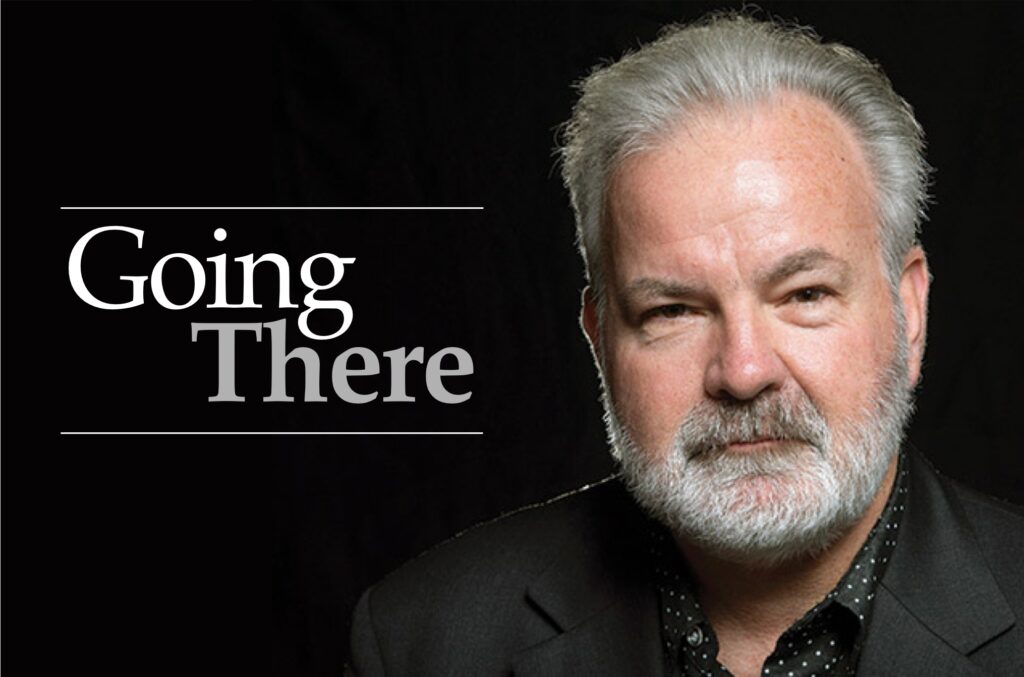Readers comments 7-31-20
Cleaning the trails
Dear Editor:
As I left my house this morning, I found a glove in my pocket left over from the days when I would pick up trash every second Saturday of the month for the Friends of the Wilderness Park. (Sadly, the pandemic put a stop to their efforts). So I decided to take on that task today.
As a result of my haul, I have three requests for my fellow walkers on the Wilderness Park and Thompson Creek trails. When you take off your mask beyond the trailhead, stick it somewhere safe. After all, you will need it again when you are done. I picked up six masks and one kerchief.
If you must take a single-use water bottle (another service of the Friends that we have lost was the distribution of reusable bottles on Second Saturdays), please take off the label before you start walking. I collected eight labels from water bottles, along with one bottle and one cap.
If you are a less than perfect environmentalist like me, you probably have a plastic bag from buying fruit and vegetables at the store or the farmers market. Recycle it by taking it with you for your trash. I picked up a variety of paper towels, tissues, other trash, and a cigarette that I can only hope was completely out before it was dropped.
I am happy that we can once again walk along these trails and enjoy nature and sunshine, and look forward to the time when the Friends of the Wilderness Park can once again set up operations at the trailhead to offer directions, water and bottles, trash bags, and information about flora and fauna.
For the Friends and for all users of these trails, let’s make everyone’s visit a good experience and give back to the land that is offering so much to us.
Claudia Pinter-Lucke
Claremont
Mask ordinance
Dear Editor:
I strongly urge the city council to enact an urgency ordinance requiring masks to be worn in public during the duration of this pandemic.
I also urge that enforcement and significant fines be included in this ordinance. Do not waste another minute. This should already have been in place by now.
Diann Ring
Claremont
The Commons
Dear Editor:
Many have written of the dangers explicit in the proposal referred to as “The Commons” and I won’t belabor the point. But I will quote a friend, “By converting commercial property to residential use and locating residences directly in front of airplanes taking off from Cable Airport, the proposal conflicts with our city’s general plan goals and policies to promote sales tax revenue and to minimize aircraft accident risk and noise in residential areas.”
We lament the lack of federal leadership as we experience the results of COVID-19, and now find ourselves needing to address local leadership in the face of a proposal that has inherent risks to our citizens. It doesn’t take the intellect of a PhD to evaluate this proposal nor the imagination of our children to determine it would not be a place we would not want to live or raise our families.
It is not unreasonable to expect both quality and quantity of life, and I’m both perplexed and angry that I find myself writing to you.
How it is possible the proposal is even being seriously considered? I can only come up with one answer, money! You are a “citizens” committee and we expect you to put the welfare of your fellow citizens ahead of anticipated benefits to a landowner and the city budget.
Thank you for considering my input.
Betty J. Hagelbarger
Claremont
Integrating our schools
Dear Editor:
I read with interest Joseph Salas’ recent viewpoint “Black Lives Matter and a celebration of the integration of public schools.”
While I support Mr. Salas’ call to rename Sycamore Elementary after Rosa Torrez, who worked to end explicit racial segregation at Sycamore, I disagree that we can call ourselves integrated. Consider our seven elementary schools. Collectively, they are 32 percent White and 37 percent low income. But those students are not evenly distributed among schools.
For example, Sycamore is 55 percent White and only 17 percent low income. Oakmont Elementary (which my children attend) is only a few blocks away, yet it is 21 percent white and 47 percent low income.
Overall, Claremont has four elementary schools that are more than 45 percent low income students and three that below 25 percent low income. Clearly, we still have work to do on integration.
Sarah Gilman
Claremont







0 Comments